Text from plongeuse80 -  English
English
Project: The food benefits of algae
- I'm going to talk about my projet : The benefits of algaes.
- I work on my projet during two year with Elodie CALVEZ But first I will explain why I have chosen this project.
- We wanted a subject relating to the sea because I practise scubadiving and cooking.
- So we have chosen this projet So, our problematic is : Do algaes have food benefits for humans?
- I will present my project who focuses on the seaweeds used in food with their nutritional qualities especially their phycocoloïds Elodie worked on the phycocoloïds of red alguae : the carageenans, and me I worked on the phycocoloïds of brown alguae So I will present my part of the brown alguae Laminaria digitata: the alginate For worked on the alginte I choose the laminaria because it's an algua who you can find in Britany The laminaria is an brown algua, it's an algua who can mesure 60 meters.
- This algua is very used in the phycocoloid industries.
- Phycocoloid's name of brown algua are : the alginates COMPOSITION : The chemical formul of alginate is C6H8O6 Alginic aicde is composed of 2 acids : manuronic acid and galuronic acid.
- With water we obtain a geling agent The proportion of manuronic acid can change the gelification properties of geling agent This table shows the proportion of mannuronic acid alginates extracted from different parts of the laminaria EXTRACTION : For point out the present of alginal in the brown algue, I pic up brown algua on the beatch of Lampaul-Plouarzel for realized the extraction of algints in chemistry lab To highlight the alginate present in brown algae, we went to pick Laminaria to extract alginate present.
- Protocole: First, we cut small pieces of kelp and we rinsed with distilled water.
- Then we have covered H2 SO4 for half an hour.
- And then we rinsed with distilled water.
- Then we have covered 10% Na2CO3 for half an hour.
- Then we filtered.
- We added a second time H2SO4 to acidify our algae.
- There is therefore appearance of foam.
- Our alginate and our algae are divided into two partis.
- To finish we collect our alginate which is at the bottom of the beaker, we filtered a second time.
- We obtain a viscous solution that is to say, the alginate.
- PROPERTIES : Experimental protocol using the gelling / thickening properties of alginates out: PHASE 1: In a beaker containing a few grams of alginates is poured water gives a viscous substance but still liquid.
- The salts of alginates is in the form of long molecules shaped slightly spaced from one another accordion.
- PHASE 2: Are added to the mixture of calcium chloride.
- This will cause the calcium approximation molecules, they will be stacked on each other and form the "egg box".
- The molecules align and join until a network that will trap the liquid.
- This network will look to the meshes of a net which will maintain the particles suspended in the structure.
- PHASE 3: A gelled solid is obtained, this technique is used spherification.
- USES : Alginate is mainly used to produce alginate beads which are used in medicine to encapsulate drugs or biologicals fragile (enzymes, microorganisms, animal or human cells) but also in the molecular cuisine.
- Experimental protocol of the alginate beads produced in the laboratory: STEP1: In a beaker containing distilled water, we put a few grams of alginate powder.
- STEP 2: Then we added a few drops of green food coloring.
- STEP 3: Using a pipette, we collected our solution.
- Then we dripped in a sieve located in a crystallizer containing calcium chloride.
- STEP 4: is obtained then the alginate beads.
- The alginate is a polysaccharide extracts brown algaes.
- He is used as setting agent, thickening, emulsifier and stabilizer Alginates give a creamy texture to many foods such as ice cream.
- It is also possible that alginate marble are used in medicine to encapsulate drugs.
- Conclusion: With their phycocoloides, algae have a great gelling power.
- We can then do a lot of things like the recipes that we have made.
- Algae are an alternative to certain foods because of their nutritional properties.
- plongeuse80
 May 2014
May 2014
 Äänestä nyt!
Äänestä nyt!
PLEASE, HELP TO CORRECT EACH SENTENCE! -  English
English













































